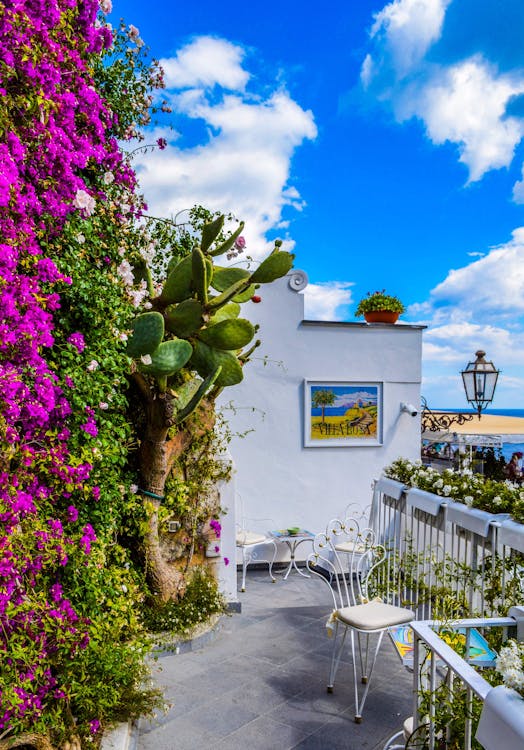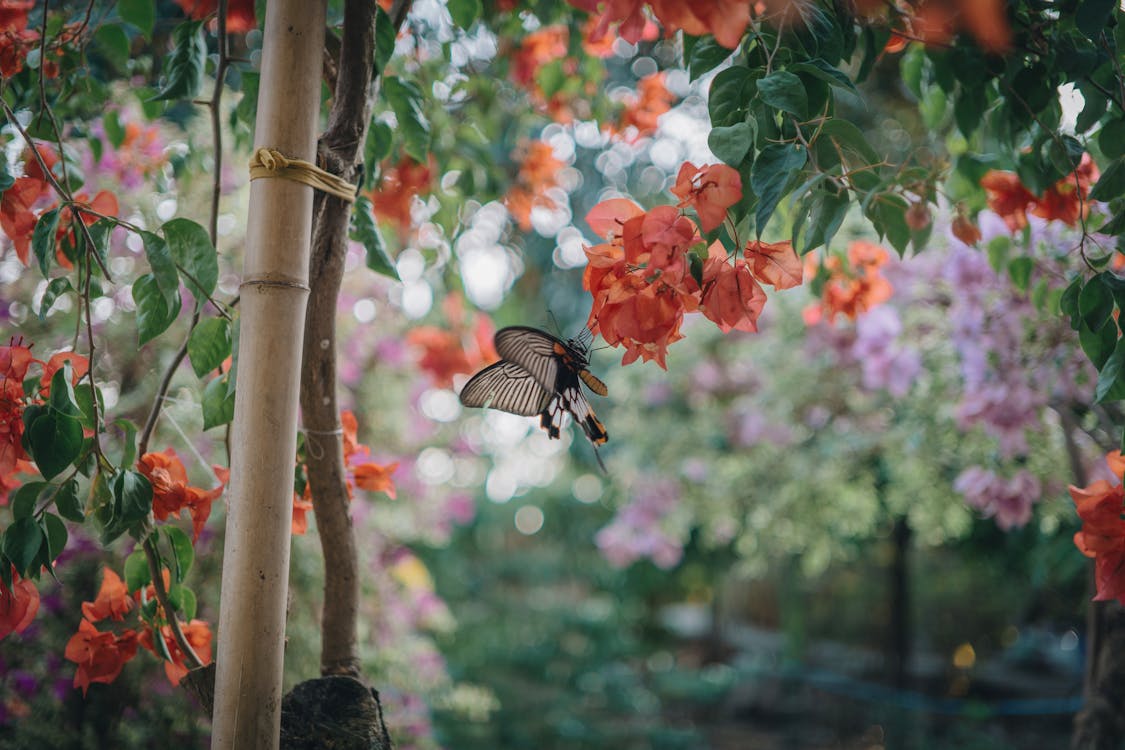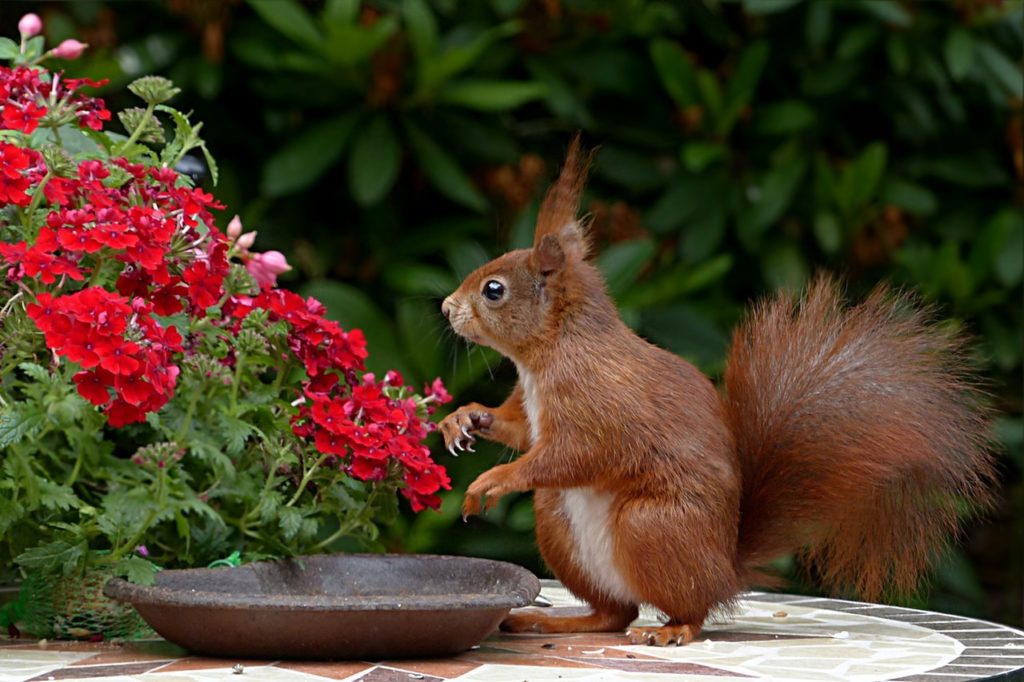Create a wildlife garden allows you to take part in your larger surrounding environment. Often gardens are completely shut out from the natural landscape around it and aren’t welcoming to birds and other wildlife.
Adding a few well placed and well-chosen shrubs or trees can make all the difference when trying to attract birds to your wildlife garden.
How to Create a Wildlife Garden?
-Map out and observe your surroundings to see what natural habitats are close by. Are there any ponds, rivers, or streams? Are parks, golf courses or nature reserves nearby? Remember, your garden is part of the larger environment. Knowing what the local ecosystems are will better enable you to plan your garden.
-In order to attract birds, gardens must supply them with food, water, shelter, and nesting areas. Provide for different bird species by making available a variety of seed and berry-producing trees and shrubs, such as Washington hawthorn, mountain ash, cherry, and viburnum. Flowers such as hollyhock, nasturtium, and sunflower produce seed which attracts birds as well. Indigenous plants, those which grow naturally in a specific area, are very effective at attracting local bird species. Try to incorporate some of these into your garden.

-Also, be sure to provide food throughout the year. For example, in the spring have a few different berry-producing shrubs available, such as blueberries and raspberries. In the summer, perennials provide seed and in the fall trees such as dogwood and serviceberry bear fruit which birds will seek out. Birds which overwinter in your area will need sustenance provided by winterberry and other fruit-bearing shrubs.
-Different birds need different foods and different environments in which to live. Robins, for example, eat at ground level where they forage for insects and worms while many other birds prefer to be off the ground a bit in the midst of a perennials garden where they eat the seeds of the flowers. Some birds, like grosbeaks, prefer the height of shrubs and others still, such as the woodpecker, prefer to be in the canopy of taller trees were there able to find insects in the tree’s bark.
-Plants, while providing food, also supply birds with shelter. Evergreens and other dense shrubs provide nesting areas and protection from cold winter winds and create shade in the heat of the summer. While it may be impossible to incorporate all these habitats into your garden, plan at least a couple. The more habitats you can provide the more birds will flock to your garden.

-Along with food, birds require water for both drinking and bathing. If there aren’t any natural water sources near your garden, be sure to place a birdbath or water dish in the area. Keep the water fresh by filling it daily. In the winter when the water freezes knock out the ice and replace with fresh water. Most home and garden stores that stock birdbaths sell small water heaters which will prevent freezing.
-If you are considering using one of these consult an electrician to help with the installation. If there aren’t any natural water systems in your area, consider planning a water garden, just remember bird prefer shallow water to deep water. Waterfalls and bubbling fountains will attract a number of birds since most species are drawn to the sound of running water.
You can also read- Vegetable Container Gardening Tips.
-If you’re contemplating using a bird feeder, maintain it and be sure to keep it stocked as birds often come to depend on these feeders, especially during the lean, harsh months of winter. Since birds are attracted to a variety of different foods, supply them with seeds, berries, fats, breads and nuts. Avoid salty foods. Using a birdhouse for your seed provides shelter as well as a place for food.
Create a wildlife garden which attracts birds has a positive effect on the environment; you’re providing a new habitat for birds and well as beneficial insects and other wildlife. While birds will thrive and will benefit the most from your efforts, you’re also providing years of enjoyment for both yourself and visitors to your garden.






